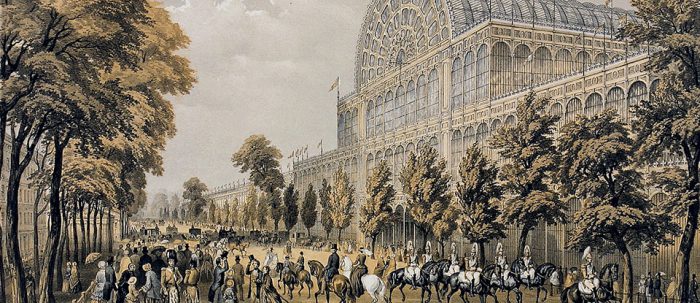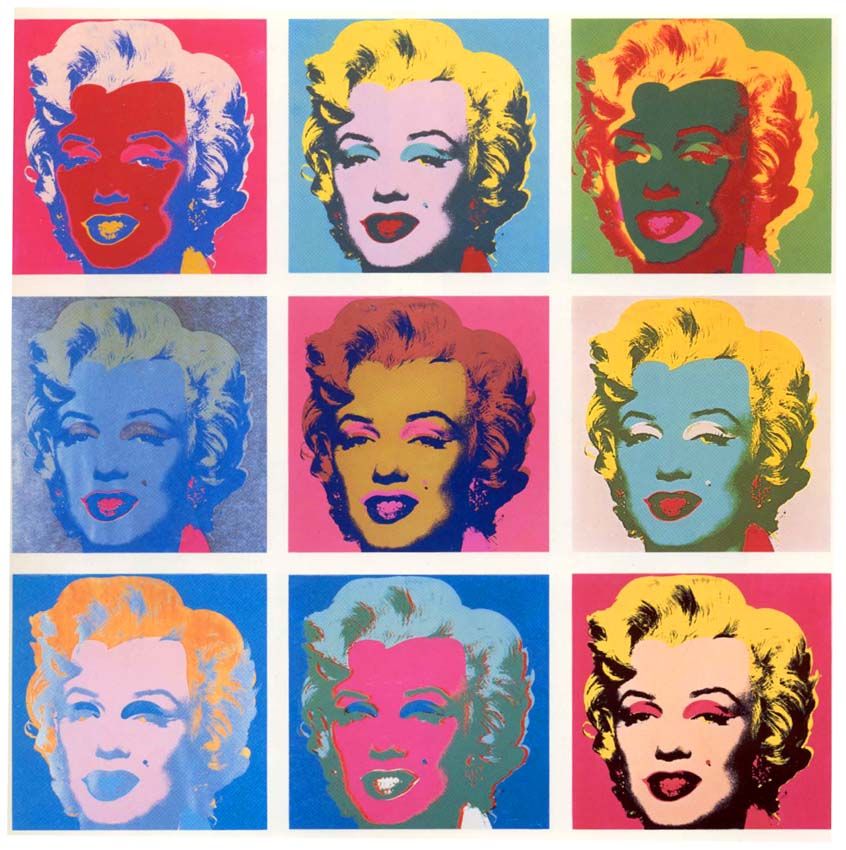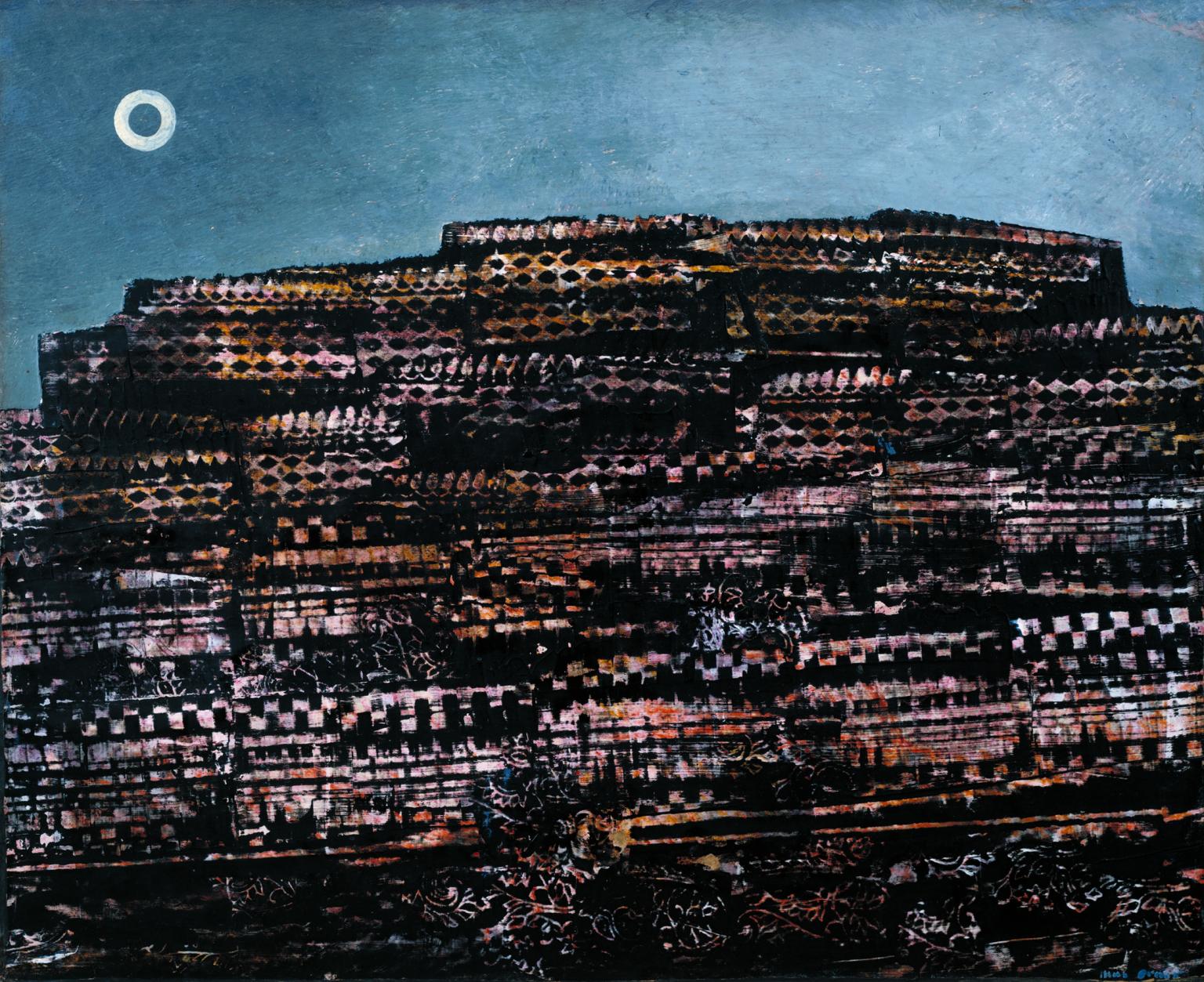
The Great Exhibition in 1851 was meant to be a showcase of modern designs, art and technologies, especially during the industrial age of that time with its many discoveries and world explorations. However, many artists felt like the works that were showcased during the exhibition was hideous. They felt that the beauty in art was lost, as if they were made by machines (Victoria and Albert Museum, 2011). This has led to the beginning of the Aesthetic Movement of which the main intention of creating art purely for the aesthetics without any political or social meanings behind it, hence the term: Art for art’s sake. It was started to deconstruct and to contrast with the Victorian traditions and also traditions of art that requires meaning behind them (Easby, 2016). They also had the idea that excellent craftsmanship should be in all forms of artwork.
Artworks created under the Aesthetic Movement goes against the norms of the Victorian era and hence the artists and the art were mocked by traditional Victorians who still held on strongly to their values (Karuga, 2017). The movement also supports the idea that art should not be just be limited to artworks but it should be applied to everyday life (Victoria and Albert Museum, 2011). It could be expressed through different mediums such as metals, ceramics, clothing and even turned into furniture. This gave creative freedom to artists from different forms of art such as poets, sculptors, musicians, carpenters, smiths, fashion and interior designers (Karuga, 2017). This would, in turn, help each of these forms of art flourish and become a stepping stone towards modern art. Artists explored forms, both natural and geometric, and also turn their studies into simplified lines. Some artists even took reference and studied previous art styles, such as Renaissance art, where the beauty of the male anatomy was seen with equal importance as the female (Victoria and Albert Museum, 2011). Also, since it was a time of exploration and discovery, some artists studied or even collected art from outside of Britain, such as Asia and the Middle East, such as the art styles from Japan, which has also inspired the Japonisme. (MacCarthy, 2011)
One of the more prominent artists of the Aesthetic Movement was Christopher Dresser. He believed that good taste and design would never improve until it was made available to the majority. Initially, good design was only available to those who could afford it, such as the upper class and the wealthy, due to the excellent craftsmanship. So, Dresser designed items that even the more affordable works are well designed. He made his designs cater to the different groups of people and made them affordable. He also believed that items should preferably be both useful and decorative (HeadHandHeart, 2012).
Christopher Dresser also sold items from overseas, like Asia and Africa, as these items had unique aesthetic values in them – something different from what the Victorians are used to seeing. He also made these items affordable due to the difference in exchange rates between the countries. In his design works, he took his reference of natural objects and designs, like plant forms and animal movements, and studies them. He would then turn these studies into simplified lines and forms which he would stylise and turn into his designs. After his trip to Japan in 1877, his works started to take on more interesting forms and styles, influenced by the Japanese design styles. He also started to explore and use more metals in his works, especially silverware. Another thing that he adopted from the Japanese culture was putting his name onto the works that he produced. This was also considered as an early form of branding (HeadHandHeart, 2012).
The Aesthetic Movement was an early stepping stone for the arts to move towards the modern era. With artists such as Christopher Dresser with his works and studies from years ago still inspiring modern artists today, it shows that works and inspiration could start from anywhere and sometimes deconstruction of an existing style is the first step to creating a better one.
References
Easby, R. M. (2016, June 3). The Aesthetic Movement. Retrieved from https://smarthistory.org/the-aesthetic-movement/
[HeadHandHeart]. (2012, October 23). Christopher Dresser – TRUTH BEAUTY POWER [Video File]. Retrieved from https://www.youtube.com/watch?v=igbB8TRQnuA
Karuga, J (2017, September 16). Art Movements Throughout History: The Aesthetic Movement. Retrieved from https://www.worldatlas.com/articles/art-movements-throughout-history-the-aesthetic-movement.html
MacCarthy, F (2011, March 26). The Aesthetic Movement. Retrieved from https://www.theguardian.com/artanddesign/2011/mar/26/aestheticism-exhibition-victoria-albert-museum
Victoria and Albert Museum. (2011, April 7). Cult of Beauty: The Aesthetic Movement 1860-1900 [Video File]. Retrieved from https://vimeo.com/22071648




